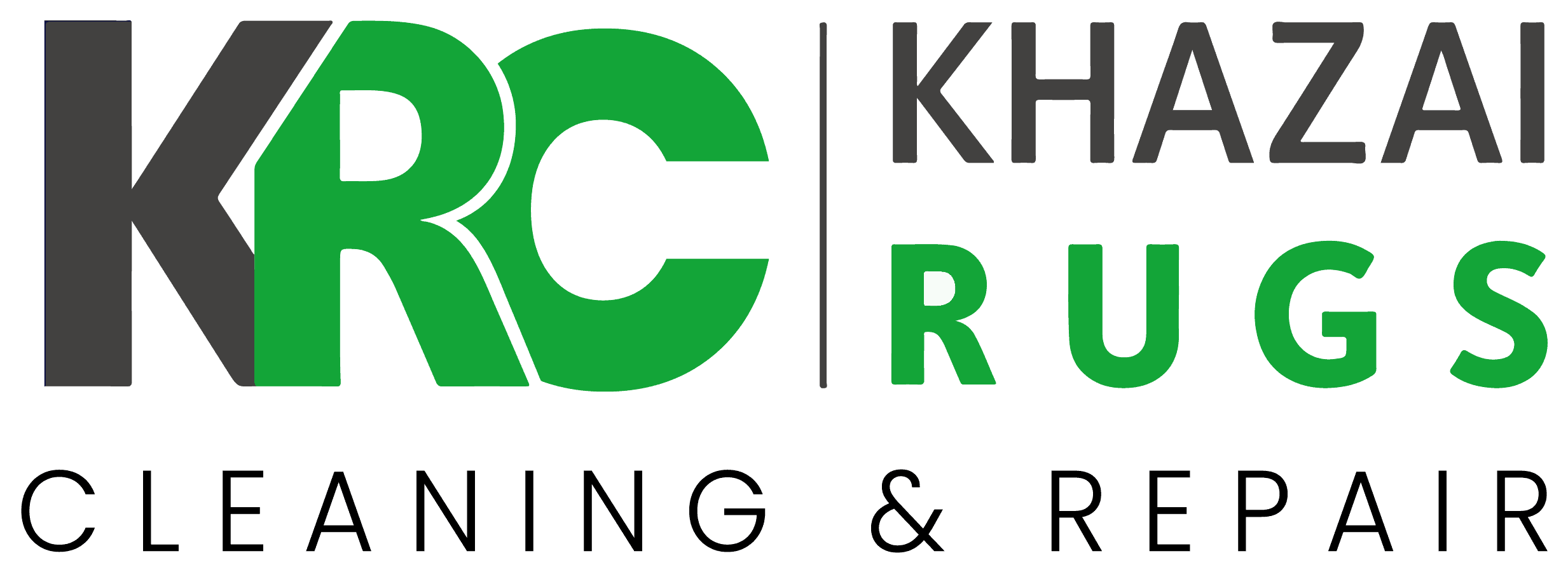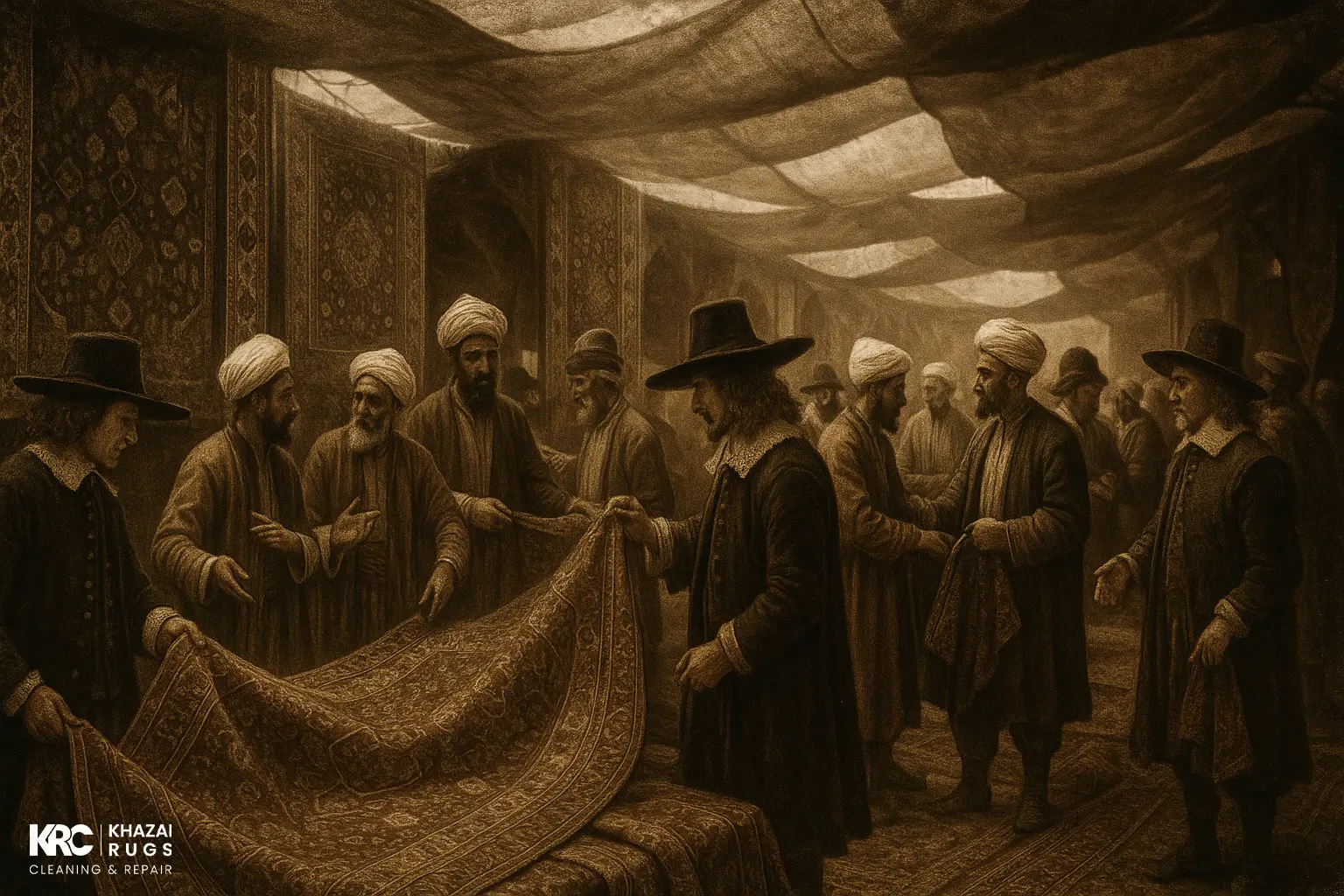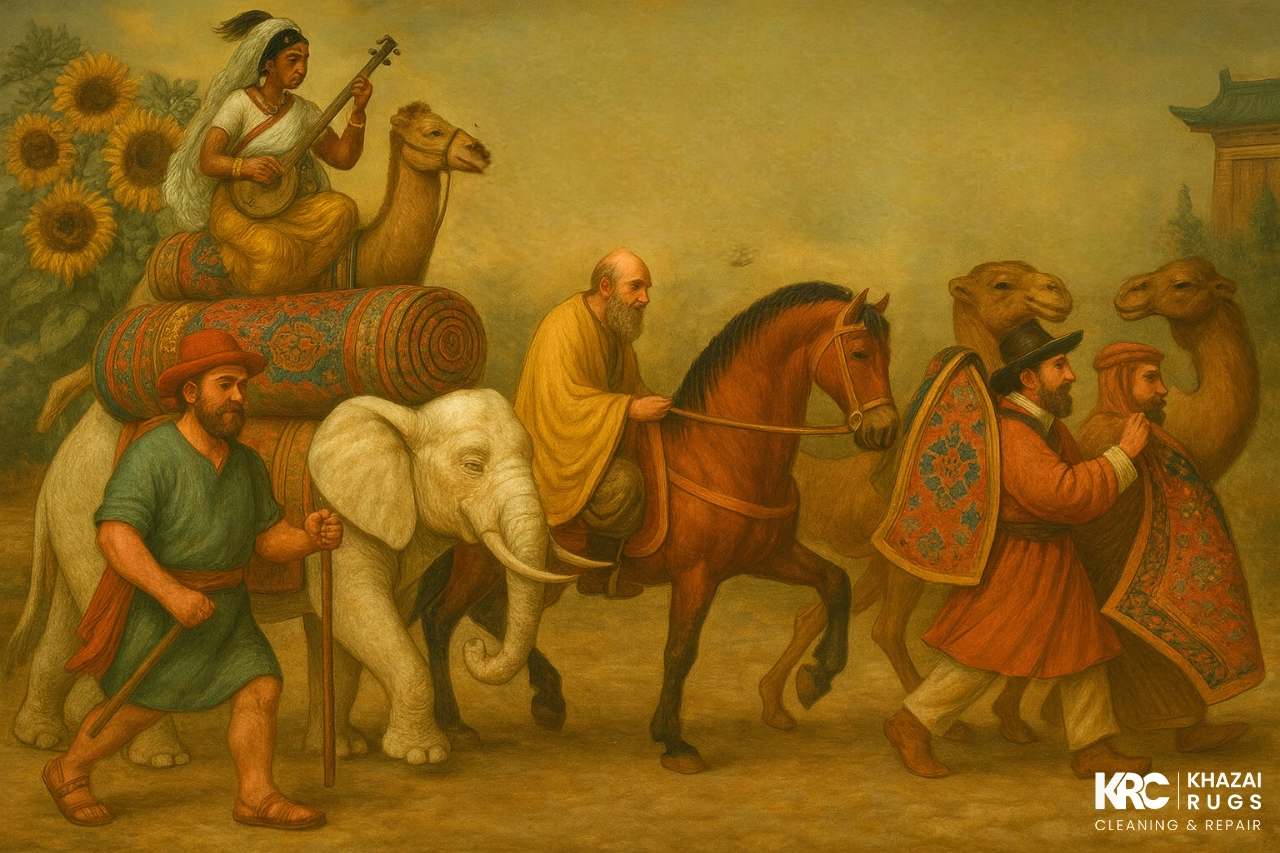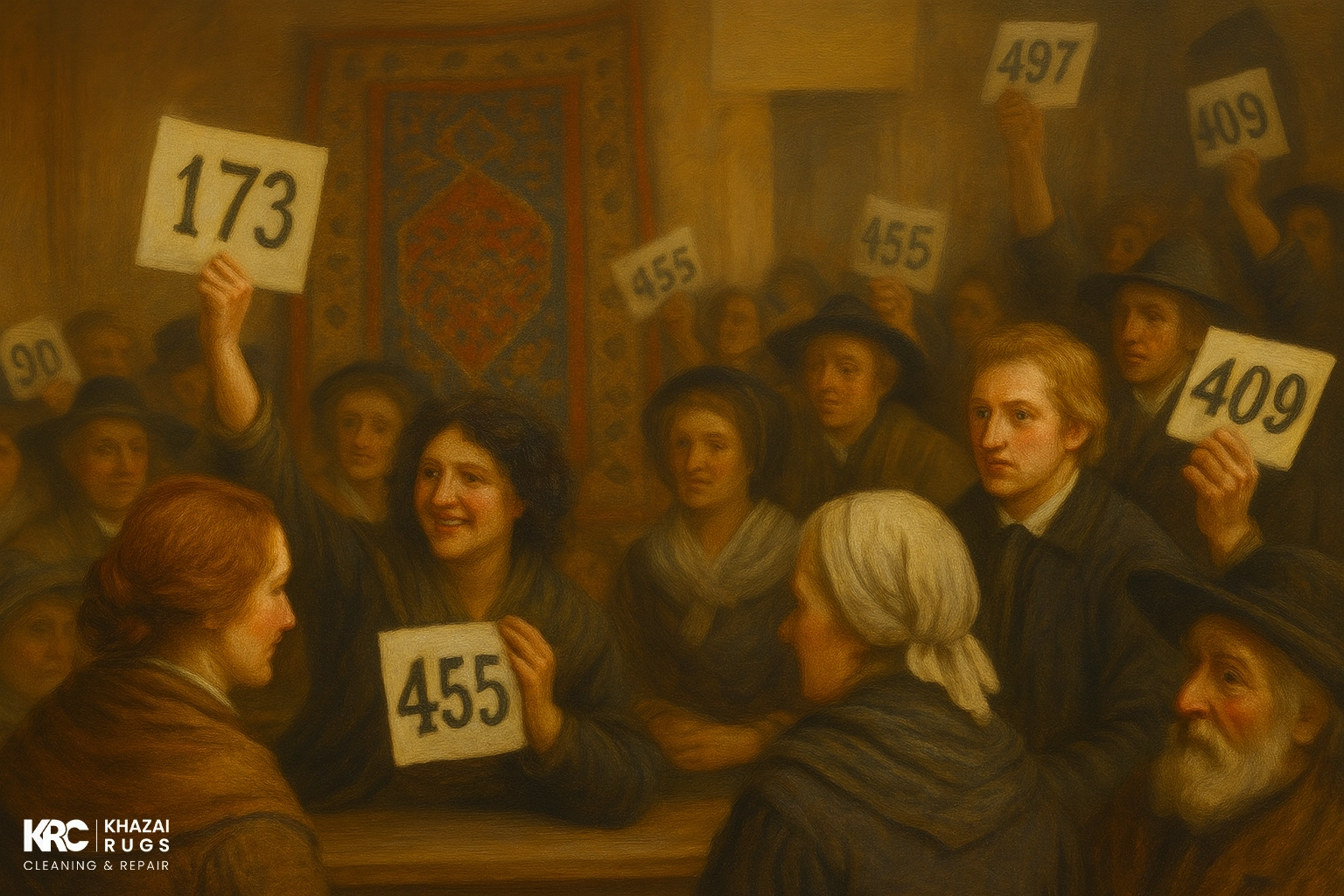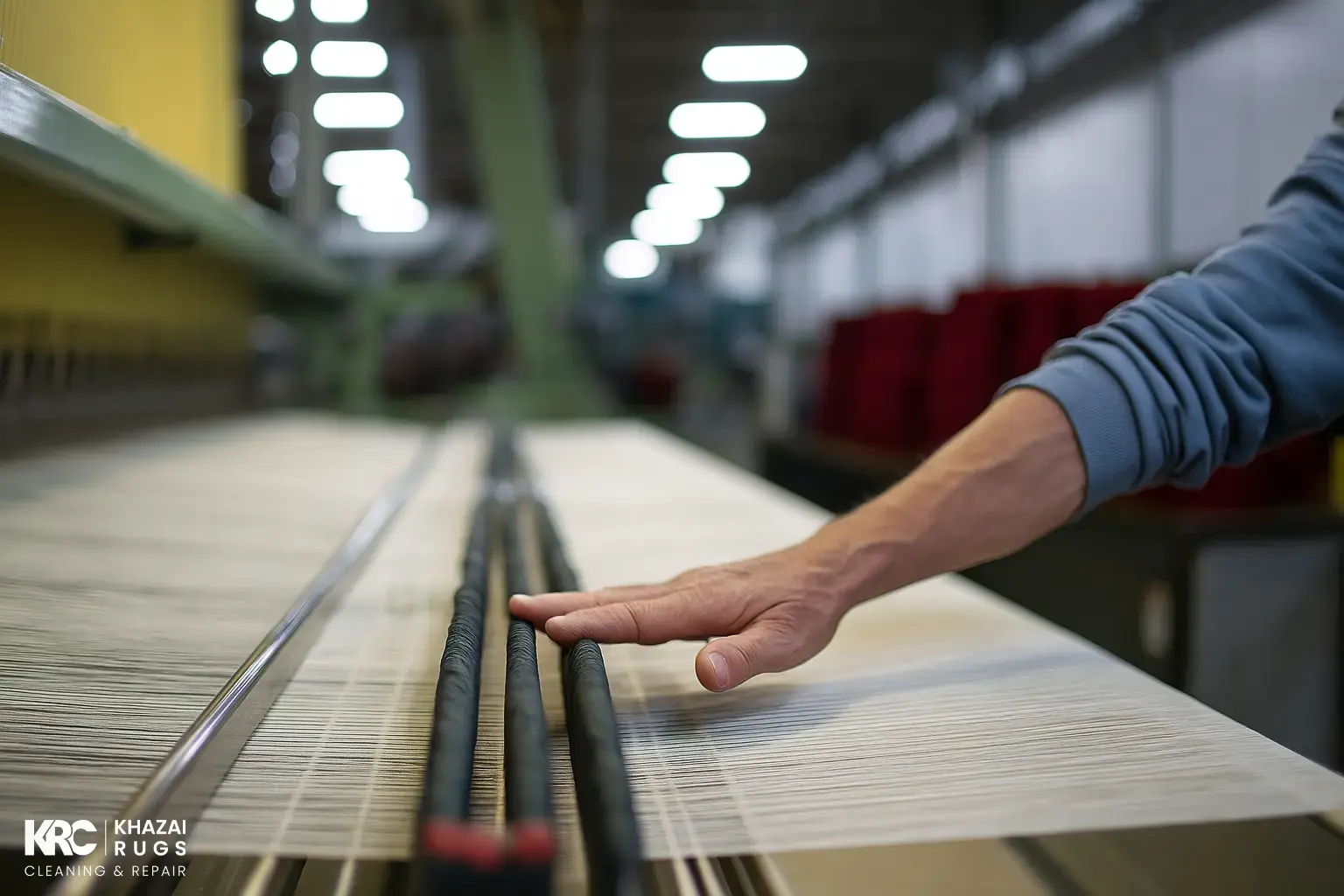Rug appraisal isn’t just some technical term used by insurance companies or antique dealers. It’s a process built on history, culture, craftsmanship, and tradition. In this article, we’re taking a walk through Rug Appraisal History, starting from ancient times all the way to today’s modern tools. You’ll see how the Evolution of Rug Valuation, the Antique Rug Evaluation Timeline, and the growth of Cultural Appraisal Development have all played big roles in shaping what we do today. And at Khazai Rug Cleaning, our team still carries this legacy forward every day through our Rug Appraisal Service.
The Origins of Rug Appraisal in Ancient Civilizations
Long before fancy forms and expert titles, rug value came down to touch, experience, and the wisdom passed down through generations. These early methods were the first building blocks of what would become Rug Appraisal History.
Early Valuation Practices in Mesopotamia and Persia
In early Mesopotamia and Persia, rugs were more than just floor coverings—they were symbols of respect and wealth. Craftspeople and traders valued them based on the materials used, the tightness of the knots, and how detailed the design was. This was a key moment in the Antique Rug Evaluation Timeline, where a rug’s worth was decided by skilled hands and trained eyes.
Cultural and Economic Role of Rugs in Early Societies
Back then, rugs were often used in marriage arrangements, religious offerings, and royal gifts. That gave them deep meaning and real value. These early uses helped shape Cultural Appraisal Development, even before the term existed. The way people saw rugs wasn’t just about looks—it was about what they represented.
Materials and Techniques as Indicators of Value
Wool and silk were the top choices, and natural dyes made rugs stand out. The way the rug was woven told a lot about where it came from and who made it. Even in these ancient times, the roots of Rug Appraisal History were forming through craftsmanship and community respect.
Rug Appraisal Traditions Along the Silk Road
As trade routes opened up, especially the famous Silk Road, rugs began to travel far and wide. Along the way, the ways people judged their value started to shift and grow.
The Influence of Trade on Rug Valuation
The Silk Road connected different parts of Asia, the Middle East, and Europe. Rugs moved with merchants, and so did ideas about how to judge their value. This helped move the Evolution of Rug Valuation forward. Traders started to recognize which styles were worth more, depending on where they were from and how they looked.
How Caravan Merchants Assessed Rugs in Transit
Merchants on the road didn’t have forms or records. They used their senses—their hands, eyes, and experience. In the middle of deserts or markets, rugs were judged on the spot. That old-school method helped Cultural Appraisal Development take shape, mixing traditions from all the cultures that crossed paths.
Islamic Golden Age and the Rise of Technical Expertise
This period brought a major wave of learning and creativity. It also gave a more thoughtful, expert-level approach to rug making and how value was decided.
Scholarly Contributions to Rug Weaving and Value Assessment
Writers and artists began to take rugs seriously—studying their patterns, where they came from, and how they were made. This gave the Antique Rug Evaluation Timeline more structure. People started keeping notes and using terms that helped others understand the value too.
Regional Rug Styles and Their Impact on Appraisal Standards
Certain cities became known for certain rug styles. Places like Tabriz or Herat produced patterns that became benchmarks. That helped people make fairer judgments about value. Today, our Rug Appraisal Service still considers these style differences as part of our process.
The Role of Islamic Art in Shaping Rug Aesthetics and Pricing
Islamic art made rug design even more important. Symmetry, meaningful symbols, and pattern details became part of what people paid attention to. These changes left a strong mark on Rug Appraisal History and helped give rugs a more artistic reputation.
European Discovery and Its Effect on Rug Appraisal
When European buyers discovered Eastern rugs, their interest and demand created a new chapter in rug appraisal.
Renaissance Demand and Western Interpretation of Value
During the Renaissance, rugs became rare treasures in Europe. Their limited supply made them more expensive. But Western buyers didn’t always understand their meaning. Still, their desire for them helped the Evolution of Rug Valuation take another step forward.
Auction Houses and Private Collectors in the 17th Century
Collectors and auctioneers started documenting the rugs they bought and sold. They recorded prices, origin stories, and sale details. These notes became part of Rug Appraisal History and are still used when we trace the Antique Rug Evaluation Timeline today.
Colonial Expansion and the Globalization of the Rug Trade
As countries expanded and traveled more, the rug trade grew. That led to new opinions on what made a rug valuable—some helpful, others not so much.
Western Institutions and Standardization of Appraisals
Museums and universities began organizing how rugs were talked about and judged. They created guides, gave lectures, and shared details on what to look for. These efforts shaped Cultural Appraisal Development by setting some standards that many still follow.
Colonial Influence on Rug Quality Perception
Sadly, colonial views often led to unfair opinions. Some local weaving methods were dismissed or pushed aside. This shift in judgment influenced the Evolution of Rug Valuation, showing how cultural views can affect the way something is seen and valued.
Import Regulations and Their Impact on the History of Rug Appraisal
When governments started requiring clear rug labels and origin info, provenance became a major factor. This helped make rug evaluation more professional. We still consider that in our Rug Cleaning Service when helping clients with historic or valuable rugs.
The Birth of Formal Rug Appraisal in the 20th Century
By the 1900s, rug appraisal became more than tradition—it turned into a professional practice. That meant rules, records, and recognition.
Formation of Appraisal Organizations and Certifications
Groups formed to offer training and official certificates. This gave the practice structure and trust. That shift made Rug Appraisal History a recognized part of both the antique and home design industries.
Introduction of Documentation and Provenance
Rugs began to come with ownership papers, photos, and notes about their history. These documents have been added to the Antique Rug Evaluation Timeline. Our team at Khazai Rug Cleaning always checks for these when working on appraisals.
Insurance and Legal Aspects in the Appraisal Process
As rugs grew in value, insurance companies and even courts started asking for official appraisals. This moved rug value into legal territory. That’s why our Rug Repair Service often works hand-in-hand with appraisal reports for full protection.
Technology’s Role in Modern Rug Appraisal
The rise of digital tools has helped modern appraisers move faster. But it hasn’t taken away the need for expert eyes.
Digital Tools and AI in Value Estimation
Today’s tech can scan rug patterns, measure density, and compare it to thousands of past sales. It’s a helpful addition to Rug Appraisal History, but it’s not a replacement for real experience.
Online Marketplaces and Transparent Pricing
Now, buyers and sellers can view rug listings worldwide. This openness is changing the Evolution of Rug Valuation.
Preserving the History of Rug Appraisal for Future Generations
Rug appraisal isn’t stuck in the past—it’s part of what we’re building for the future. The goal is to keep this craft alive, respected, and understood.
Museums and Archival Efforts
All over the world, museums are keeping rugs safe and sharing their stories. These efforts keep the Antique Rug Evaluation Timeline intact and help teach people about Cultural Appraisal Development through real examples.
Educational Programs and Certification Courses
More schools and programs now teach people how to appraise rugs. They cover history, hands-on skills, and pricing methods. These learning paths help the Evolution of Rug Valuation grow.
Conclusion
The journey of Rug Appraisal History is full of moments, cultures, and learning curves. Thanks to Cultural Appraisal Development, rug appraisal isn’t just about money—it’s about meaning. At Khazai Rug Cleaning, we’re proud to carry this history forward, one thread at a time.

